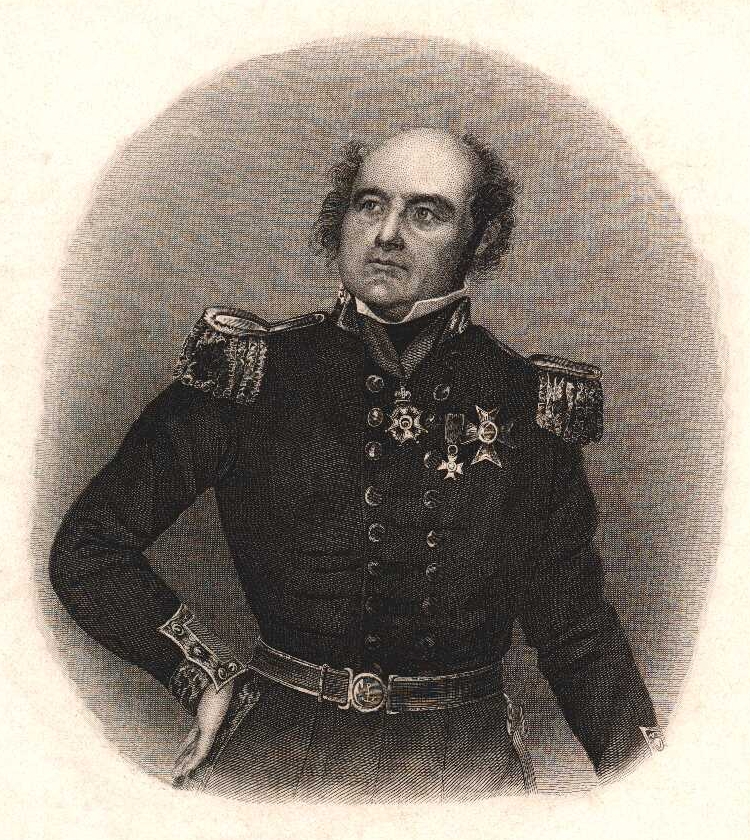“What happened to Franklin is, in its way, a trivial question. He had a wooden ship in the Arctic and no idea what he was doing – what do you mean, what happened to him? But we still ask why. “ – Adam Gopnik, Winter (2011)
As of a week ago, we have an incrementally better idea of what happened to Sir John Franklin’s Northwest Passage search of 1845. One of the two bomber vessels, Erebus or Terror, having landed in a heap of trouble (mired in ice), ended up at a shallow depth in Victoria Strait, just off Nunavut’s King William Island, their last reported position. Against expectations, it’s in just about one piece, with its deck (and, therefore, its contents) intact, and we’ll soon know which of the ships it is when searchers determine the boiler design.
There’s already much to learn from its placement. Three-years-worth of provisions on board meant that failure was a drawn-out affair. The only written record we have states that dozens of the men died from any number of afflictions: scurvy, starvation and – as one might expect – hypothermia. The many Inuit witnesses were able to describe events quite clearly – white men dying on the ground while others trudged on, lifeboats full of sawed-off human bones. Lead poisoning from food containers is a more recent theory. After Franklin died on the Erebus, the record states, his men abandoned it and headed south on foot.
But a lifeboat discovered on one of the first Franklin-finding expeditions was found pointing North on the West Coast of King William Island, causing a lot of consternation and second-guessing. (There was also much Victorian agonizing over the many signs of cannibalism.) If, in fact, the ships had been separated, the Terror may have been sinking (now sunken in the strait) alone, in which case its surviving crew might have taken their lifeboat North to find Franklin, not aware that he was dead and Erebus abandoned.
Prime Minister Stephen Harper called Franklin’s ships Canada’s “only undiscovered national historical site.” That’s a nice bit of self-fulfilling prophecy. How many other invaluable sites are being revealed, for a short time only, by the melting permafrost not so far from his pet find? We’ll never know unless archaeology is supported in a substantial, rather than token, way. Harper, whose government has gutted the archaeology funding for all the pre-colonial stuff and cherry-picked this charismatic mission – sponsored by Shell – as a sovereignty stunt, immediately held a press conference.
First he announced the big discovery in French, and the room was silent. A few minutes later, he repeated it in English, and the room exploded into much cheering and whistling. “We should do that again in French,” said the media-savvy Harper, and proceeded to engineer jubilation for the Francophone networks. The Queen and Prince Philip sent their congratulations, as gleefully as if they had been waiting for the discovery since they saw Franklin off, themselves.
The real story, though, was the more private moment when – after obsessive searching by British seafarers throughout the mid-19th Century and sporadic efforts since to find the blasted thing – a Parks Canada team, led by underwater archaeologist Ryan Harris, actually discovered the ship. “It was all surprisingly emotional,” he told Macleans magazine. “A lot of tears were shed.” Granted, the historical lead-up to this find is almost unprecedented, but with a little bit of sustained attention to Arctic archaeology in general, we could be making discoveries every bit as important, on a regular basis.
Image: “John Franklin” — Wikimedia Commons
